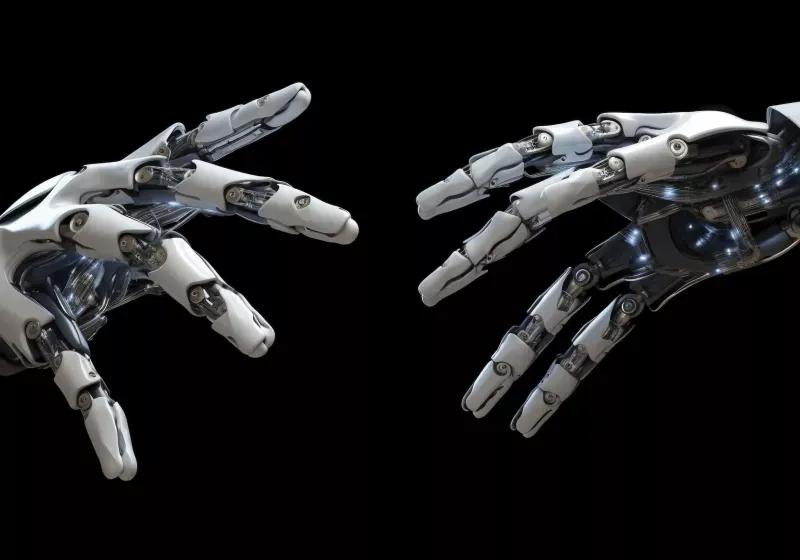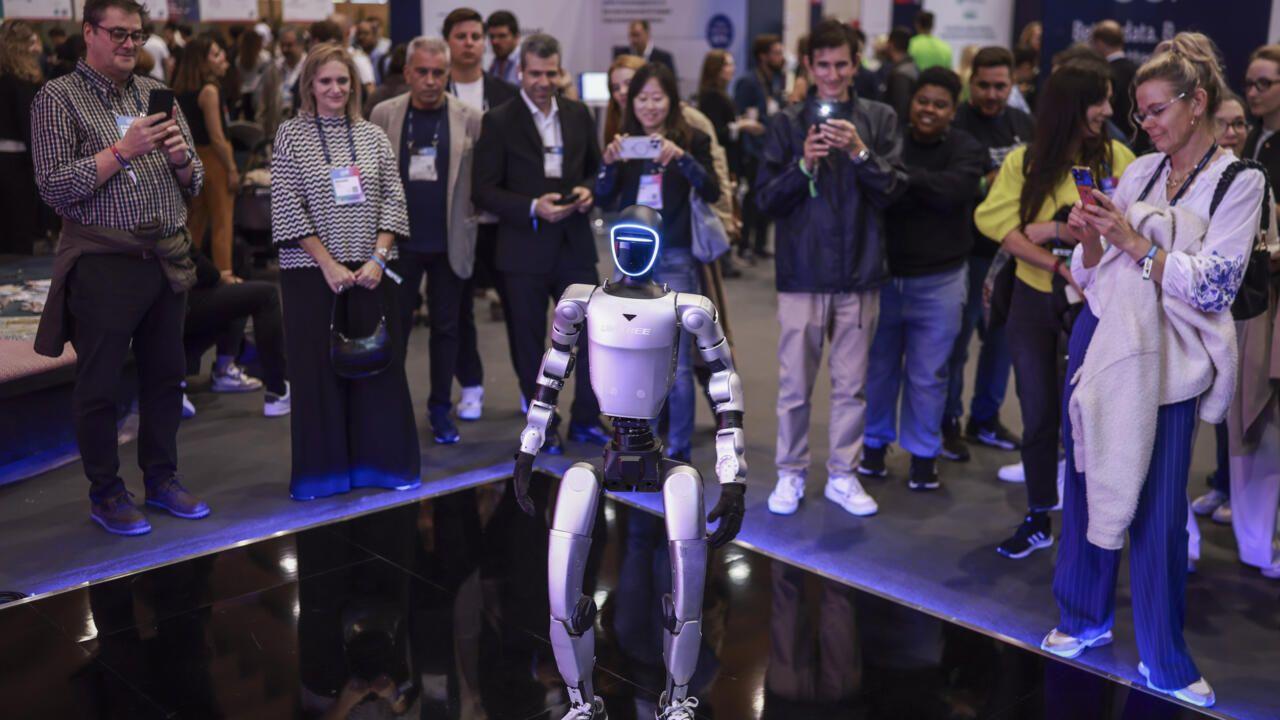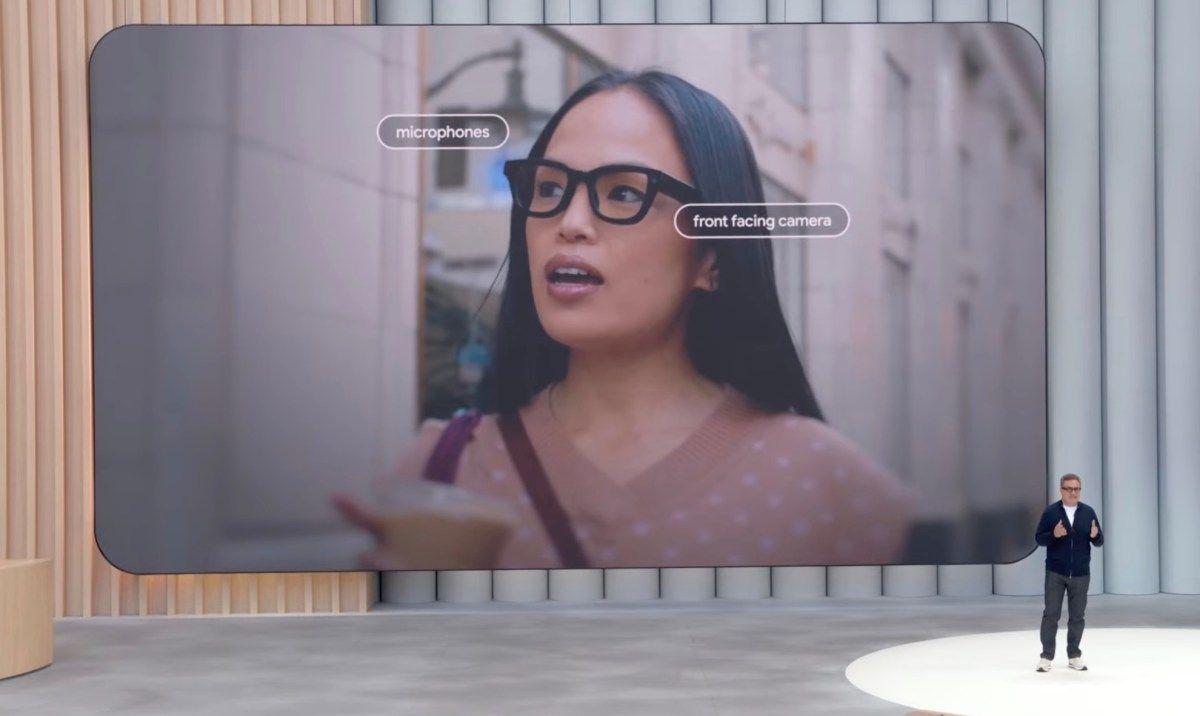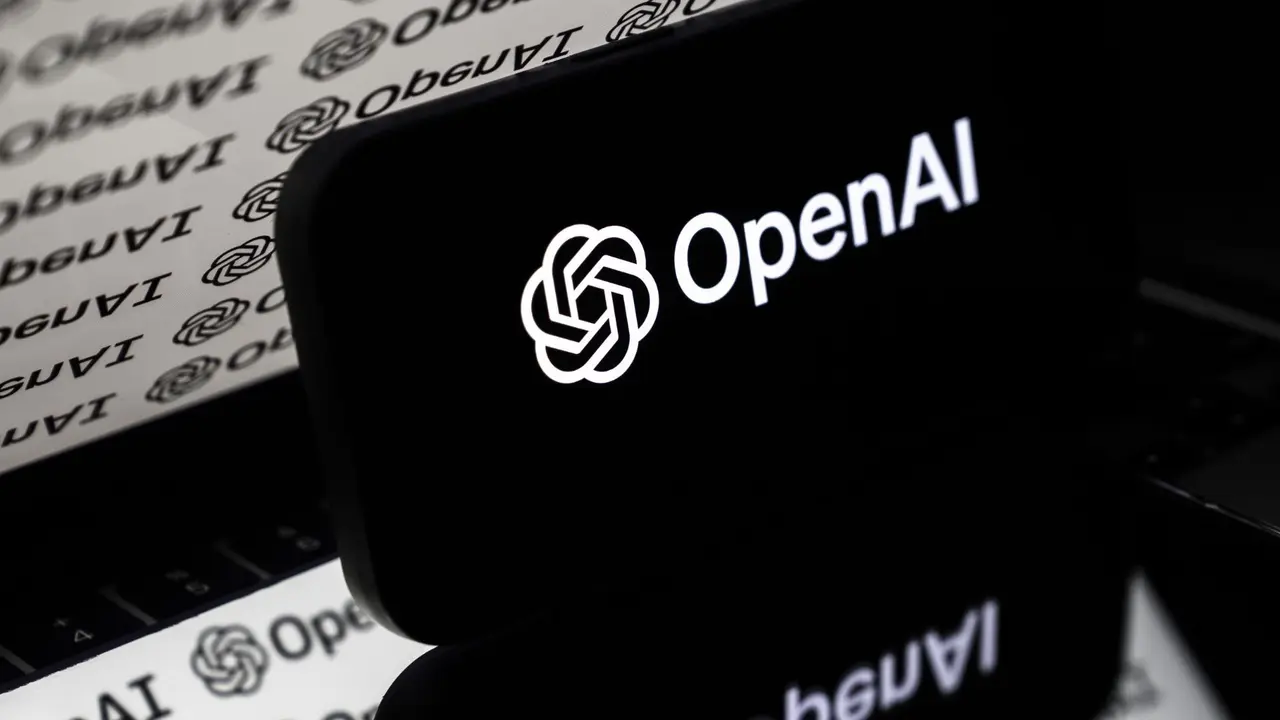The $5 Trillion Challenge: Engineering the Perfect Robotic Hand
2 Sources
2 Sources
[1]
Engineering the perfect robotic hand could unlock a $5 trillion humanoid market
Serving tech enthusiasts for over 25 years. TechSpot means tech analysis and advice you can trust. TL;DR: Humanity's most complex piece of biological machinery - the hand - remains the blueprint for robotics' most challenging unsolved problem. If engineers can crack it, the robots taking shape in today's labs may soon become an ordinary sight on tomorrow's factory floors. Robotics engineers worldwide are tackling one of the most challenging frontiers in artificial intelligence and mechanical engineering: building a hand that functions like a human's. While humanoid robots can walk, lift, and balance, the absence of dexterous, sensor-rich hands remains a significant barrier to large-scale deployment in factories and other workplaces. Researchers say the goal is not merely to make robots look human but to create machines capable of performing the small, precise motions that define most skilled labor. Tesla's humanoid robot, Optimus, is among the highest-profile machines tackling this challenge. Morgan Stanley estimates that clearing this hurdle could unlock a global market worth up to $5 trillion by 2050. "In order to have a useful generalized robot, you do need this," Elon Musk told The Wall Street Journal. "You do need an incredible hand." While Optimus can already walk on two legs, Musk has described the design of human-like hands as a vastly more challenging engineering problem. At Northwestern University's Center for Robotics and Biosystems, researchers are addressing the challenge through a federally funded initiative to design highly tactile, flexible robotic hands. Kevin Lynch, who leads part of the consortium, said the team has set a 10-year goal to achieve dexterity sufficient for basic humanlike tasks. To grasp the complexity, consider the prototype in Lynch's lab. Based on a model built by the UK company Shadow Robot, compact motors housed in cylinders the size of coffee cans drive it. Its fingertips detect touch using sensors that measure changes in the electrical properties of a fluid layered beneath an artificial skin. When a finger contacts an object, the sensors convert those changes into data that mimics a sense of touch. Graduate researchers teach the robots hand coordination through simple exercises - stacking rings, picking up cubes, or guiding small objects - while collecting data for machine-learning algorithms that improve performance over time. Lynch said a future version will need far more sensors along the sides of fingers and palms to handle nuanced actions, such as writing with a pencil. Other researchers are questioning assumptions about what a robotic hand must look like. At Columbia University, mechanical engineering professor Matei Ciocarlie has developed a four-fingered hand that interprets the shape and texture of objects through touch alone, compensating for reduced vision. It can cradle fragile items, such as a paper cylinder, though slips and drops still occur. Boston Dynamics is pursuing a different approach with Atlas, its experimental humanoid robot. The latest Atlas hands have three fingers that can reconfigure to form a thumb-like grip or a broad, paddle-shaped palm. Videos released by the company show the robot lifting car parts, balancing dumbbells, and grasping small objects. Alberto Rodriguez, who oversees robot behavior and AI strategy for the project, said design is a constant balancing act among strength, dexterity, slenderness, and durability. "It's not good enough for us to put out a gripper that is going to be weak, or is going to be subpar to the performance of a robot that is meant to lift heavy objects, that is meant to move fast," he said. Not all engineers see value in human-like hands. Igor Kulakov, co-founder and CEO of San Francisco - based MicroFactory, favors simpler, industrial approaches. His company's $5,000 robots use two arms - one typically fitted with a specialized tool, the other with a two-digit clamp to hold parts steady. That setup can handle critical manufacturing tasks like soldering circuit boards, inserting screws, and peeling protective films at a fraction of the cost of complex humanoid designs. Despite progress, engineers still face daunting material science challenges. Shadow Robot's director, Rich Walker, said current manufacturing struggles to replicate even basic features like self-healing skin or self-lubricating joints, leaving significant obstacles for product engineering. The push to replicate the human hand stems from a broader economic concern: a growing shortage of human labor in manufacturing and caregiving. Ed Colgate, a Northwestern mechanical engineering professor leading the research consortium, said improving robotic dexterity could give small and midsize firms access to automation tools previously limited to corporate giants. "It might create new and compelling jobs," he said. "That's kind of why we're doing it."
[2]
Humanoid robots still can't match human hand's dexterity, which is a big problem
Without better hands, humanoid robots can't achieve real-world usefulness The promise of the humanoid revolution is tantalizing: tireless mechanical workers marching into factories, warehouses, and even homes, ready to fill labor gaps and drive a new era of automation. Companies like Tesla and Figure are racing to make this a reality, yet standing between the two-legged bot and the five-trillion-dollar market it promises is a surprisingly small, but infinitely complex, obstacle: the human hand. Humanoid robots can walk, maintain balance, and even jump with impressive grace, but ask one to pick up a dropped key, thread a needle, or even competently turn a complicated wrench, and the whole system stalls. This challenge, known among engineers as the "hands problem," is the single greatest bottleneck holding back the widespread deployment of general-purpose robots. Also read: Are AI chatbots making us worse? New research suggests they might be In the glossy promo reels of humanoid robots, it all looks effortless. Yet, as recent industry setbacks show, robotics hype inevitably hits reality when it comes to manipulation. Taking insights from Rupert Breheny's LinkedIn post on this issue, the temporary halt in Tesla's mass production of its Optimus humanoid wasn't due to simple software glitches, but due to "persistent, predictable engineering challenges" in the most complex hardware: the hands and forearms. Breheny's analysis pointed to the consequences of prematurely scaling complex, human-like hands, including: He noted that the systems that make real-world dexterity possible are "high-precision, thermally constrained, and brutally unforgiving at scale." For a complex humanoid like Optimus, these hands reportedly represent 25% of the total robot cost and a staggering 50% of the engineering challenge, a costly trade-off that led to a reset rather than a minor delay. The difficulty lies in replicating the mechanical miracle we take for granted. The human hand is not just a collection of fingers; it's an intricate, adaptable machine that seamlessly blends mechanics, sensation, and intelligence. A human hand boasts 27 bones and around 20 functional joints, giving it a high number of degrees of freedom (DoF). This allows for the crushing strength of a power grip and the fine motor control for in-hand manipulation -- the subtle act of adjusting an object within the palm. Robotic hands must pack powerful actuators into a small volume, forcing engineers into design trade-offs: greater dexterity means higher fragility, while stronger grips reduce agility. Also read: EA partners with Stability AI: How GenAI will impact AAA gaming pipeline Dexterity relies heavily on sensory feedback. The human hand has thousands of receptors for texture, pressure, and temperature. Current robotic sensors are still rudimentary by comparison, lacking the seamless integration to guide the robot's micro-adjustments when facing an unfamiliar object or a slippery surface. Roboticists have largely solved locomotion (walking) and vision (AI perception). But the final frontier remains dexterous, reliable manipulation (the hands). They are the primary interface between robots and the infinite variability of the human world. Faced with this massive complexity, robot makers have chosen different philosophical paths: The consensus is clear: to be a truly "generalized robot" capable of operating in human spaces, it needs a human-level hand. Otherwise, humanoids risk remaining expensive toys, as their utility is defined by their Mean Time Between Failure (MTBF) on a factory floor, not by how well they pretend to know Kung Fu. Solving the hands problem will be the final step in unlocking the trillion-dollar potential of the humanoid revolution. Until machines learn to handle the world as deftly as we do, the dream of a truly human-like, general-purpose robot remains - quite literally - out of reach.
Share
Share
Copy Link
Robotics engineers worldwide are tackling the complex challenge of creating human-like robotic hands, a crucial step in unlocking a potential $5 trillion humanoid robot market by 2050. This advancement could revolutionize industries but faces significant technical hurdles.

The Trillion-Dollar Hand Challenge
In the rapidly evolving field of robotics, engineers worldwide are grappling with a formidable challenge: creating a robotic hand that can match the dexterity and functionality of its human counterpart. This endeavor is not just a matter of technological curiosity; it's a potential key to unlocking a global market estimated to be worth up to $5 trillion by 2050, according to Morgan Stanley
1
.The Complexity of Human Hands
The human hand, with its 27 bones, approximately 20 functional joints, and thousands of sensory receptors, represents the pinnacle of biological engineering. Replicating this intricate system in robotic form presents a multitude of challenges. As Elon Musk, whose company Tesla is developing the humanoid robot Optimus, stated, "In order to have a useful generalized robot, you do need this. You do need an incredible hand"
1
.Current Research and Approaches
At Northwestern University's Center for Robotics and Biosystems, researchers are working on highly tactile, flexible robotic hands. Their prototype, based on a model by UK company Shadow Robot, uses compact motors and fingertip sensors that mimic a sense of touch
1
.Other institutions are exploring alternative designs. At Columbia University, a four-fingered hand that relies heavily on touch has been developed, while Boston Dynamics' Atlas robot features a reconfigurable three-fingered hand
1
.Challenges and Trade-offs
The development of robotic hands involves significant trade-offs. Engineers must balance strength, dexterity, slenderness, and durability. The complexity of these systems makes them "high-precision, thermally constrained, and brutally unforgiving at scale," according to industry expert Rupert Breheny
2
.For humanoid robots like Tesla's Optimus, the hands reportedly represent 25% of the total robot cost and 50% of the engineering challenge . This complexity has led to setbacks in mass production plans for some companies.
Related Stories
The Importance of Sensory Feedback
A crucial aspect of hand functionality is sensory feedback. While the human hand has thousands of receptors for texture, pressure, and temperature, current robotic sensors are still rudimentary by comparison. This lack of sophisticated feedback hinders robots' ability to perform precise manipulations and adapt to unfamiliar objects or surfaces .
Economic Implications and Future Prospects
The push for better robotic hands is driven by broader economic concerns, including labor shortages in manufacturing and caregiving. Improved robotic dexterity could democratize automation, making it accessible to small and midsize firms
1
.However, some experts, like Igor Kulakov of MicroFactory, argue for simpler, task-specific robotic solutions rather than complex humanoid designs
1
. Despite these differing approaches, the consensus remains: achieving human-level hand functionality is crucial for the widespread adoption of general-purpose robots in human environments.References
Summarized by
Navi
Related Stories
Figure AI's Helix: A Breakthrough in Humanoid Robot Capabilities
21 Feb 2025•Technology

Sanctuary AI Achieves Milestone with 21 DoF Robotic Hands Capable of In-Hand Manipulation
14 Dec 2024•Technology

Amazon's Chief Roboticist Questions Humanoid Robot Hype, Advocates Function Over Form
13 Nov 2025•Technology

Recent Highlights
1
AI Chatbots Sway Voters More Effectively Than Traditional Political Ads, New Studies Reveal
Science and Research

2
Google AI glasses set to launch in 2026 with Gemini and Android XR across multiple partners
Technology

3
EU Launches Antitrust Probe Into Google's AI Training Practices and Content Usage
Policy and Regulation




